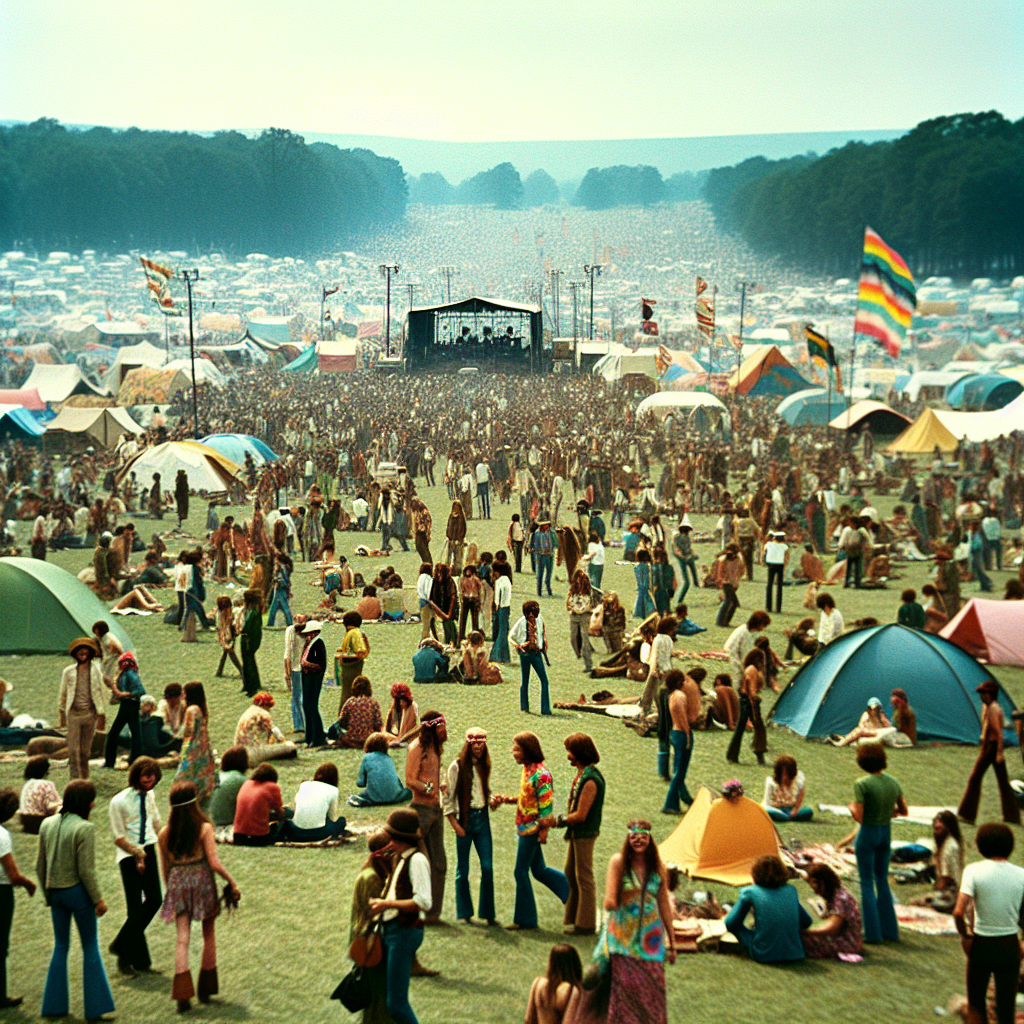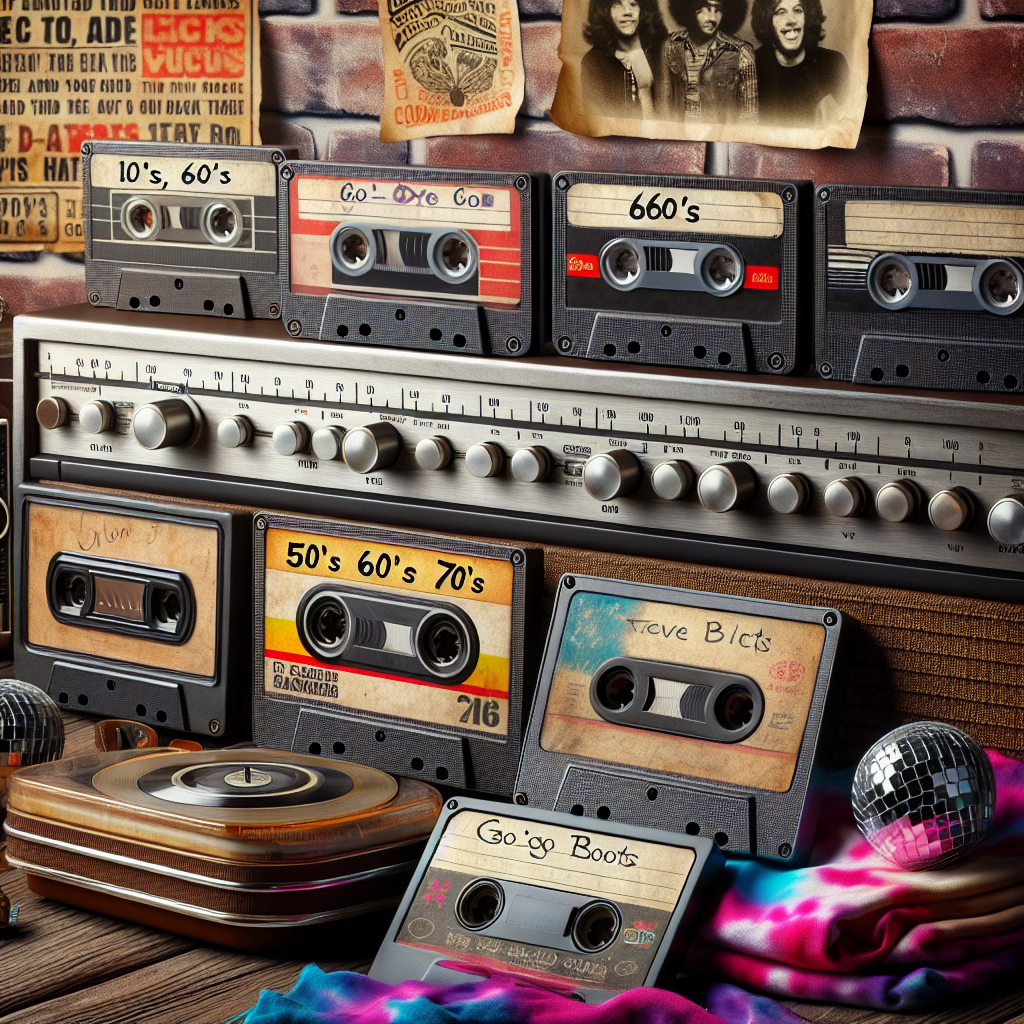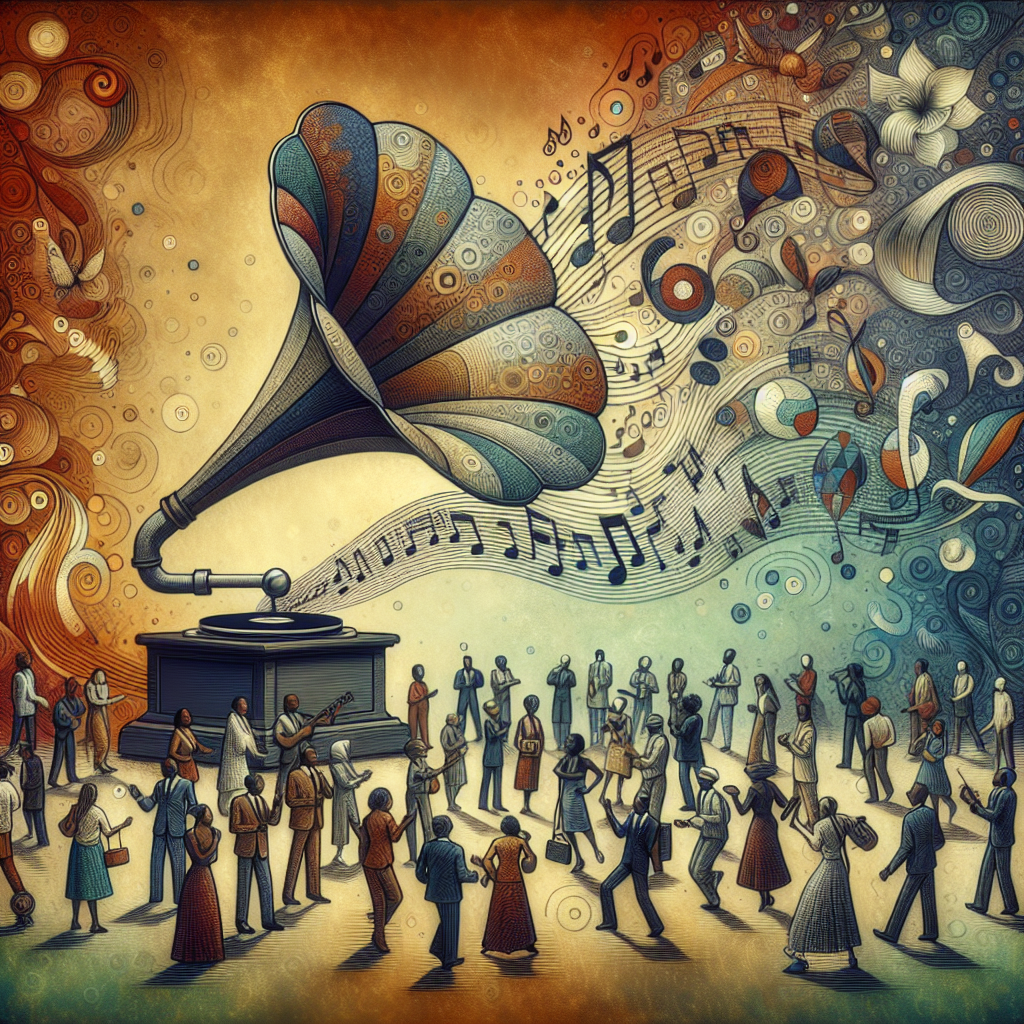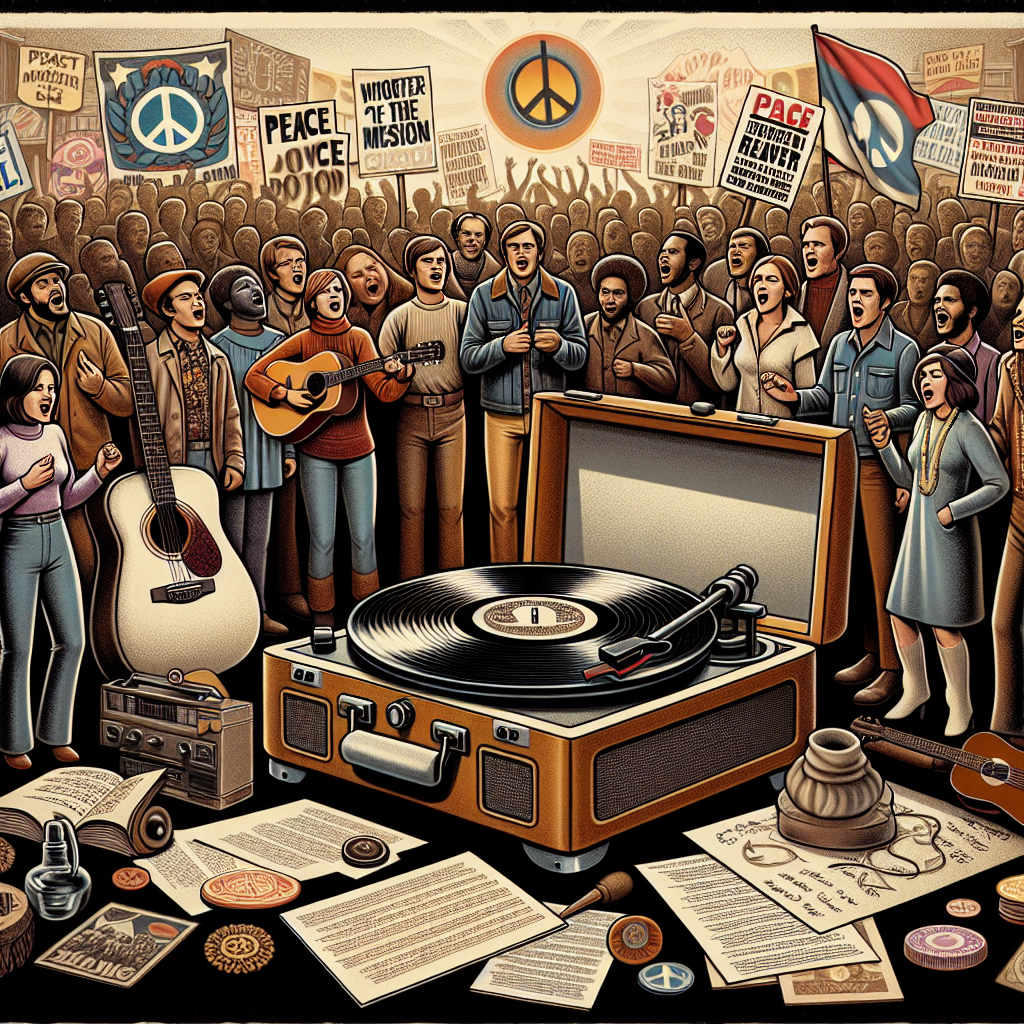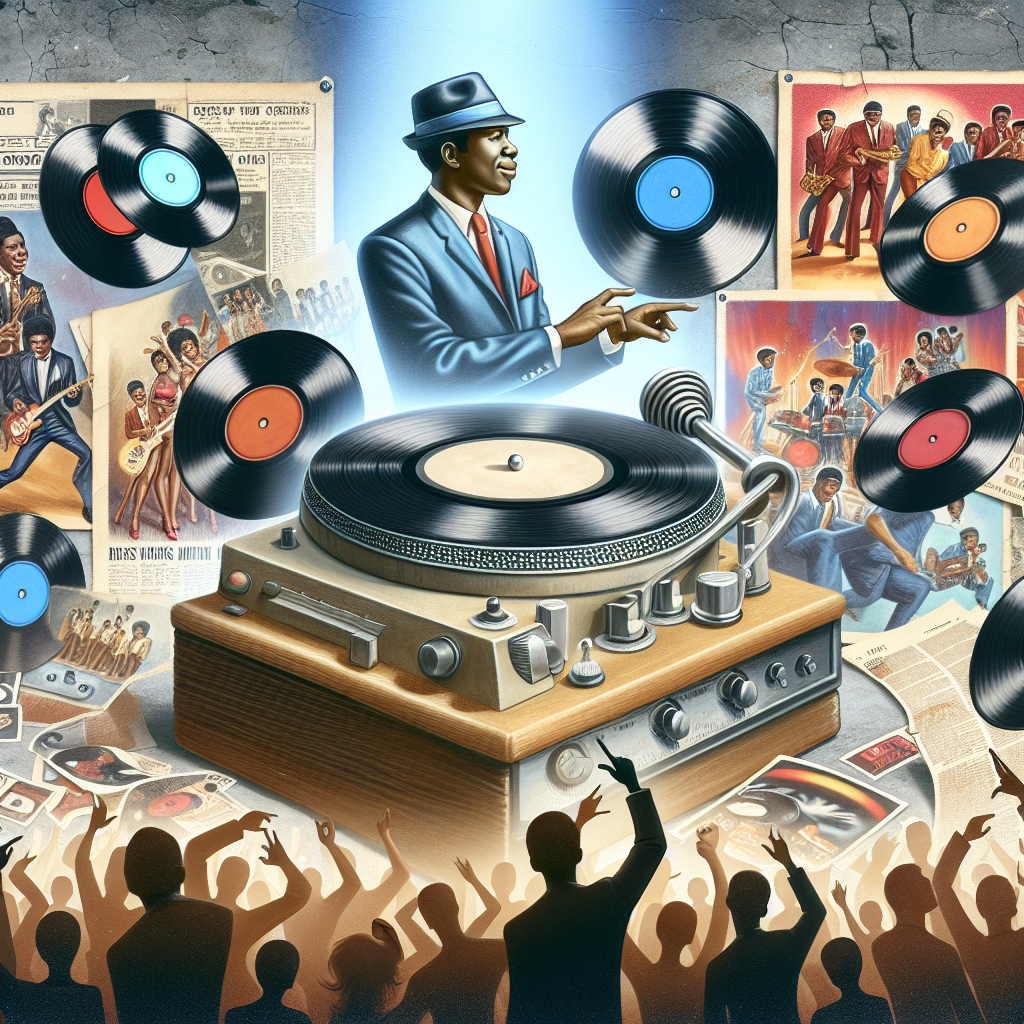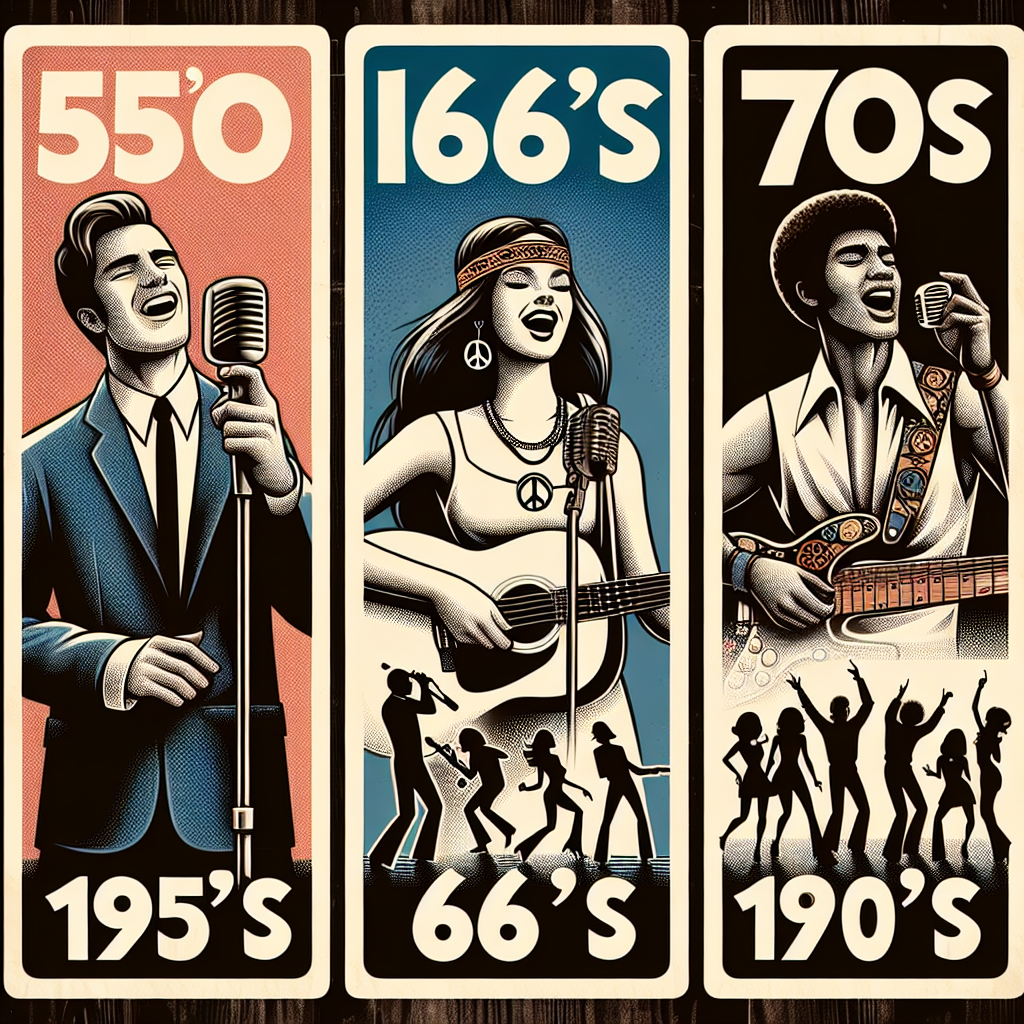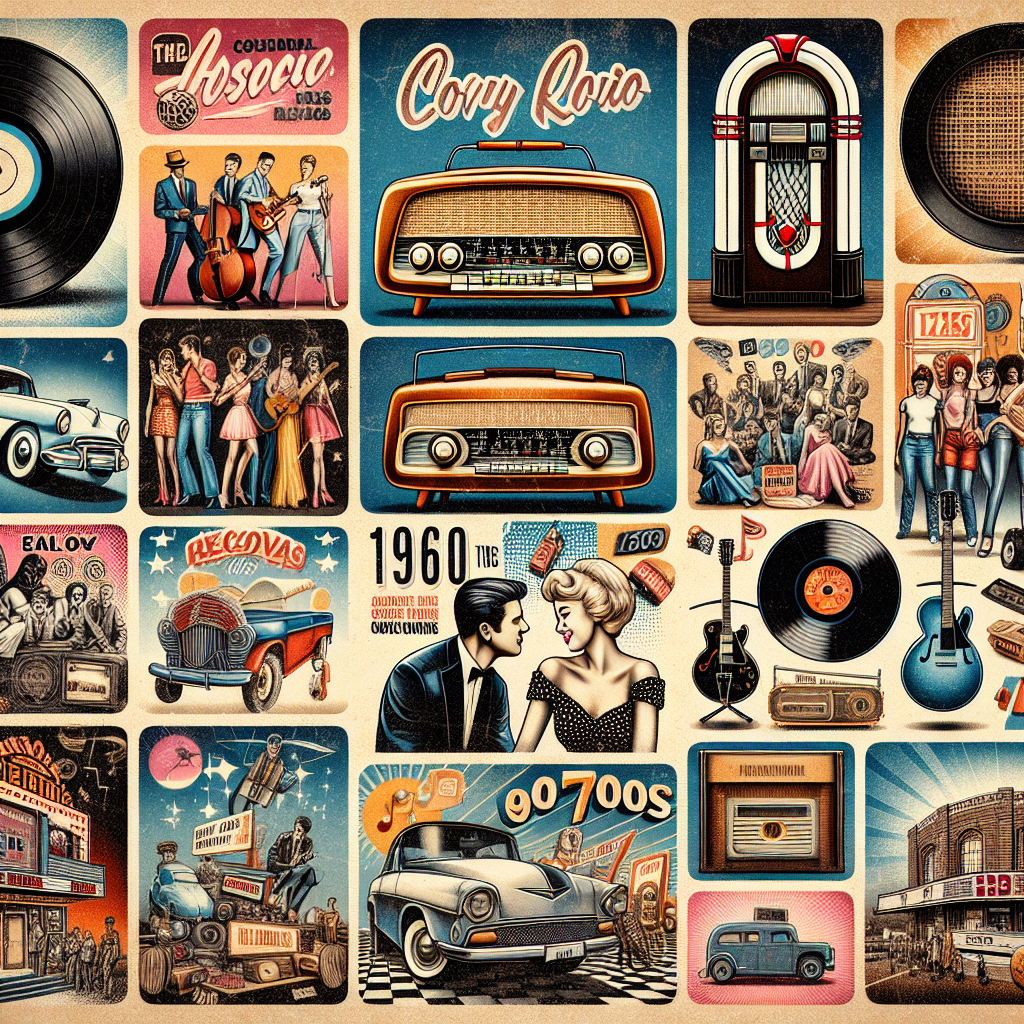When we think of the 50’s, 60’s, and 70’s, some of the first things that come to mind are the iconic artists who shaped the music culture of those decades. From Elvis Presley to The Beatles, these musicians not only left a lasting impact on the music industry but also on society as a whole.
During this time period, music was more than just entertainment – it was a reflection of the social and political climate of the era. Artists like Bob Dylan used their platform to speak out against injustice and advocate for change. Their songs became anthems for a generation that was looking to make a difference in the world.
But it wasn’t just the music that defined these decades – it was also the fashion and technology that accompanied them. The 50’s gave us rockabilly style and jukeboxes, while the 60’s brought us tie-dye shirts and vinyl records. And who could forget the disco craze of the 70’s?
Politicians even took notice of the influence that these artists had on popular culture. Richard Nixon famously tried to enlist Elvis Presley as an ally in his campaign for re-election in 1972. While Elvis declined, it showed just how powerful music could be in shaping public opinion.
In hindsight, we can see that these iconic artists paved the way for future generations of musicians to push boundaries and challenge norms. They showed us that music is more than just a form of entertainment – it is a powerful tool for expression and change.
So let’s celebrate these legends of the past and remember how they helped shape our world today.
